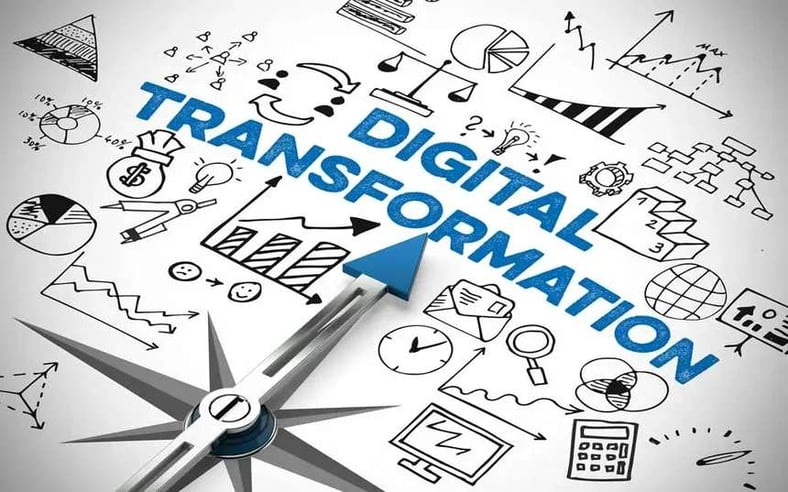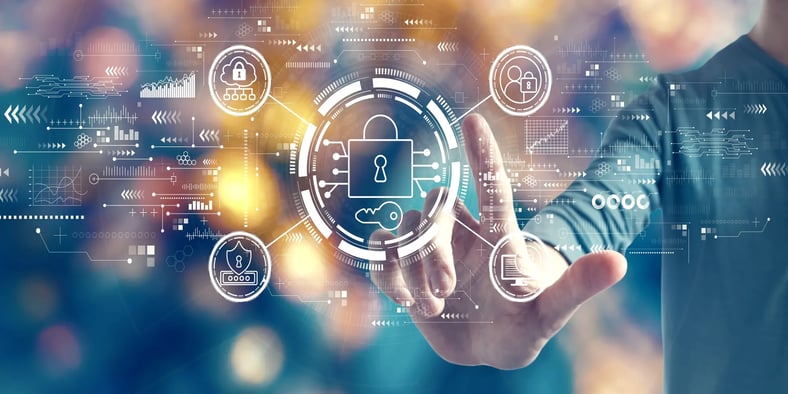ERP solutions becoming more user-based
Enterprise resource planning software has undergone its fair share of advancements over the years, with technologies and trends such as cloud computing, social, data, and mobile perhaps the most influential. Combined, these tools are changing the very nature of how employees use ERP solutions. Today, these systems are very much defined by how staff members use them.
Although businesses planning an ERP implementation want this software to be as effective as possible for end-users, ERP systems still rely on the architecture designed in the 1970s and 1980s according to Jeremy Waterman, managing director at Sage ERP Africa.
"Over time, vendors have added client/server graphical user interfaces and, later, Web access, to their business solutions, but this has amounted to painting the proverbial pig with lipstick. The benefit for both vendor and client was that this approach preserved the investment in business logic and reduced the risks of a complete transformation of the system," Waterman said, ITWeb reported.
Another challenge with enhancing the end-user experience involves overcoming issues with legacy code bases. Waterman indicated that these systems were not designed to support self-service business intelligence, cloud computing, and mobile tools. This development has forced companies to either embrace disruptive technologies or "be disrupted," according to the news source.
Waterman asserted that cloud and mobility are solutions having an immense impact on the marketplace, which is not surprising given how well the two work together, especially for ERP-related purposes.
The cloud is available through the Internet, allowing personnel - regardless of their physical location - to access ERP suites and data anywhere at any time using their personal smartphones, tablets, and laptops. Employee productivity is improved immensely with this capability.
The old adage rings true
Achieving a successful ERP deployment is not an easy task, but businesses often put themselves in a position to fail from the very beginning of the process. This is in large part because firms do not do their due diligence when comparing available vendors. The increasing reliance on cloud computing and mobile devices should be a clear sign to any customer that their ERP service provider is well-versed in these technologies. Otherwise, their deployments may never reach their full potential.
ERP Cloud News contributor Adam Bluemner listed some questions businesses can ask potential ERP vendors to find the right fit for their companies. Customers should ask service providers which operational areas stand to benefit most from the software, how the new suite will generate revenue and how they measure return on investment.
ERP launches also vary in terms of the time they require to go live. Bluemner suggested that adopters ask vendors how long their deployments will take, how much employee training is required once the software is in place, and what support they have should an issue occur.
If time is of the essence, it's no contest
Organizations not ready to wait months or years for their ERP systems to begin delivering results do not have a better option than SaaS-based models. A TechNavio report suggested that traditional on-site implementations generally require between 12 to 36 months, while SaaS solutions cut this time down to only two to three weeks.
In the corporate world where a firm's competitiveness is defined by its ability to perform quickly and efficiently, waiting years for ERP software to benefit daily functions may not be practical. The cloud may have once been an option for firms adopting ERP, but it appears the technology delivers too many benefits to be overlooked.



Post comment